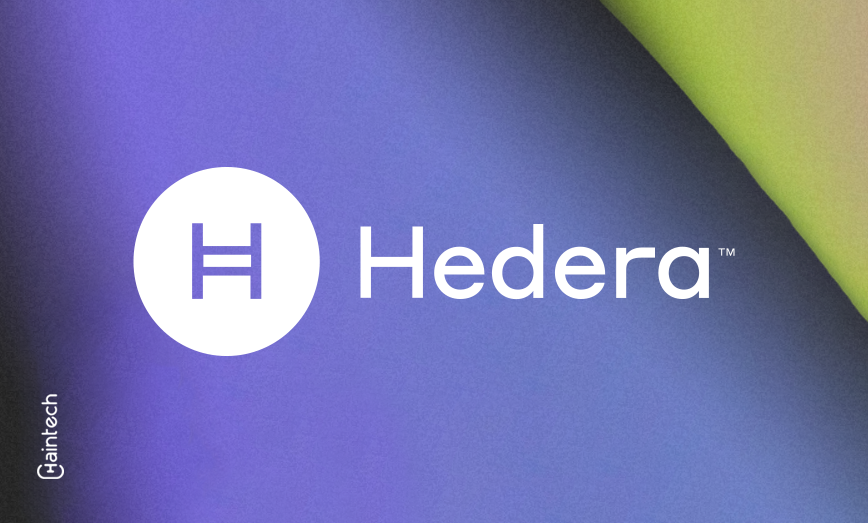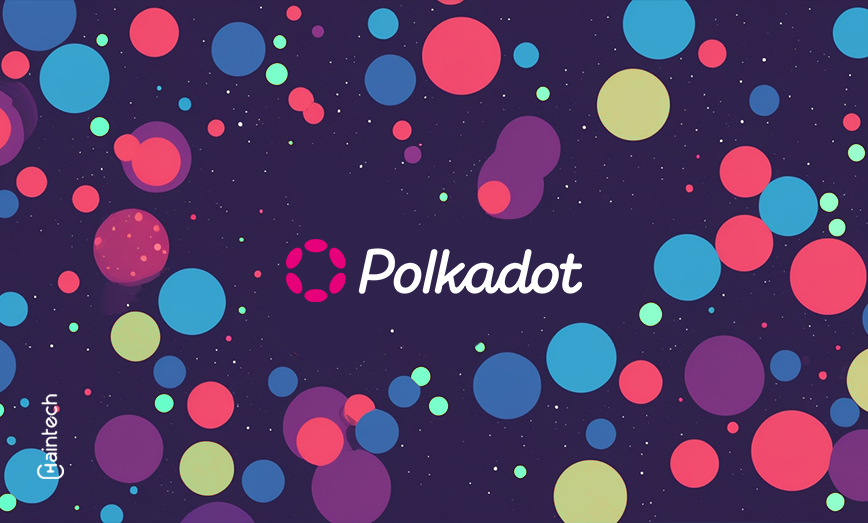What is Hedera?

Introduction: What is Hedera?
Hedera goes beyond the blockchain. This properly regulated, decentralised network is disrupting decentralised applications. It operates transparently and fairly under a diverse board of global leaders.
Hedera’s Governing Council includes independent businesses, Web3 projects, and prestigious colleges. This council keeps the network decentralised and accessible.
Hedera stands out for its openness and ingenuity. As an open-source, proof-of-stake network, it provides DApp development and deployment services. This includes solidarity-based smart contracts, consensus methods, token services, and HBAR, its native coin.
It’s speed, energy economy, and security set it apart. The hashgraph consensus algorithm speeds up transactions, uses little energy (it’s carbon-negative), and provides strong security.
Hashgraph inventor Leemon Baird, his business partner Mance Harmon, and Andrew Masanto founded Hedera, contributing significantly.
In a world where sustainability and efficiency are key, Hedera offers promise for decentralised technology. Hedera is ushering in a new era of decentralised creativity with its cutting-edge features and responsible governance.
The three primary services of Hedera
Hedera offers a trio of powerful services that form the backbone of its decentralised network. Let’s delve into each one:
1. Consensus: Hashgraph
An innovative hashgraph distributed consensus algorithm powers the Hedera public network. Dr. Leemon Baird, Hedera’s co-founder and chief scientist, invented hashgraph, which is highly efficient and scalable. Unlike traditional proof-of-work blockchains, where a single miner selects the next block, hashgraph operates as a collective. Through gossip-about-gossip and virtual voting, nodes in the network reach consensus on transaction validity and timestamping. This ap-roach ensures 100% certainty (finality) in ledger updates without the need for discarding transactions or pruning branches. The hashgraph consensus algorithm has been rigorously proven to be asynchronous Byzantine Fault Tolerant (ABFT). This gives distributed systems the highest level of security. Plus, both the algorithm and Hedera’s implementation are open sourced under an Apache 2.0 licence.
2. Hedera Smart Contracts
Smart contracts power decentralised apps (DApps), providing independent logic without intermediaries. Smart Contracts from Hedera use the Besu Ethereum Virtual Machine (EVM) optimised for the Hedera network and hashgraph consensus to let developers programme in Solidity. This optimisation allows for blazing-fast transaction speeds, low and predictable fees, and remarkable performance. With Hedera Smart Contracts, developers can build trust-layer applications with ease, fostering innovation and decentralisation.
3. Hedera Token Service
The Hedera Token Service lets you configure, mint, and manage fungible and non-fungible tokens (NFTs) on the network. These tokens provide lightning-fast transaction speeds, ultimate settlement, and cheap costs. With fine-grained control over token and account configurations, developers can tailor their applications to meet specific requirements, including KYC verification, token supply management, and more. Plus, with full layer 1 programmability, any token minted using the Token Service can seamlessly integrate into Solidity smart contracts, enhancing flexibility and functionality.
In summary, Hedera’s trio of services offer unparalleled speed, security, and scalability for developers and users alike.
What is HBAR, and what is its role?
Hedera’s own cryptocurrency, HBAR, ensures network operation and security. HBARs pay for network services and safeguard the Hedera network from threats, assuring efficiency, security, and decentralisation.
1. Network fuel:
Developers use HBARs to access Hedera network services. These services include HBAR transfers, token creation, smart contract execution, and ledger data recording. To cover network fees, HBARs are needed for every transaction. These fees cover bandwidth, compute, and storage costs for validator nodes processing and validating transactions.
2. Network protection:
HBARs protect the network’s integrity and security as well as facilitate interchange. It uses proof-of-stake consensus, selecting validators based on their HBARs and network stakes. Staking HBARs to network nodes weights the consensus process, validates transactions, and maintains network integrity. This weighted voting system makes it difficult and economically impractical for bad actors to disrupt the network because it would take many HBARs to dominate the consensus mechanism.
How do Hashgraph and Hedera network services develop new applications?
Hashgraph and Hedera network services work together to create innovative applications. It is the only public ledger using hashgraph consensus, a novel blockchain alternative. Hashgraph verifies transactions quickly and protects against attacks.
Hashgraph is unmatched in efficiency, with over 10,000 transactions per second and second-latency finality. Innovative gossip protocols and the virtual voting method enable this achievement. After consensus, transactions are immutable and recorded on the public ledger for everyone to see.
Developers can build a solid platform for a variety of applications using hashgraphs in the Hedera network. This collaboration enables the creation of new apps that use hashgraph and Hedera network services’ speed, security, and dependability. Hashgraph and Hedera enable developers to innovate and rethink decentralised applications in banking, supply chain management, and digital identity.
Conclusion
Hedera Hashgraph advances distributed ledger technologies in the blockchain-centric ecosystem. Virtual voting, the gossip protocol for consensus, and asynchronous Byzantine Fault Tolerance (aBFT) make Hedera a safe, fast, and equitable network.
Despite being copyrighted, the codebase is open-source, allowing widespread network participation. Without a licence, developers can construct decentralised applications (dApps), encouraging community creativity and collaboration.
It has improved transaction volume scalability. The platform still struggles with network node scalability.
Hashgraph technology outperforms blockchain in some distributed ledger applications, but its adoption is uncertain. However, Hedera Hashgraph has great potential for its evolution and impact on the decentralised ecosystem.









